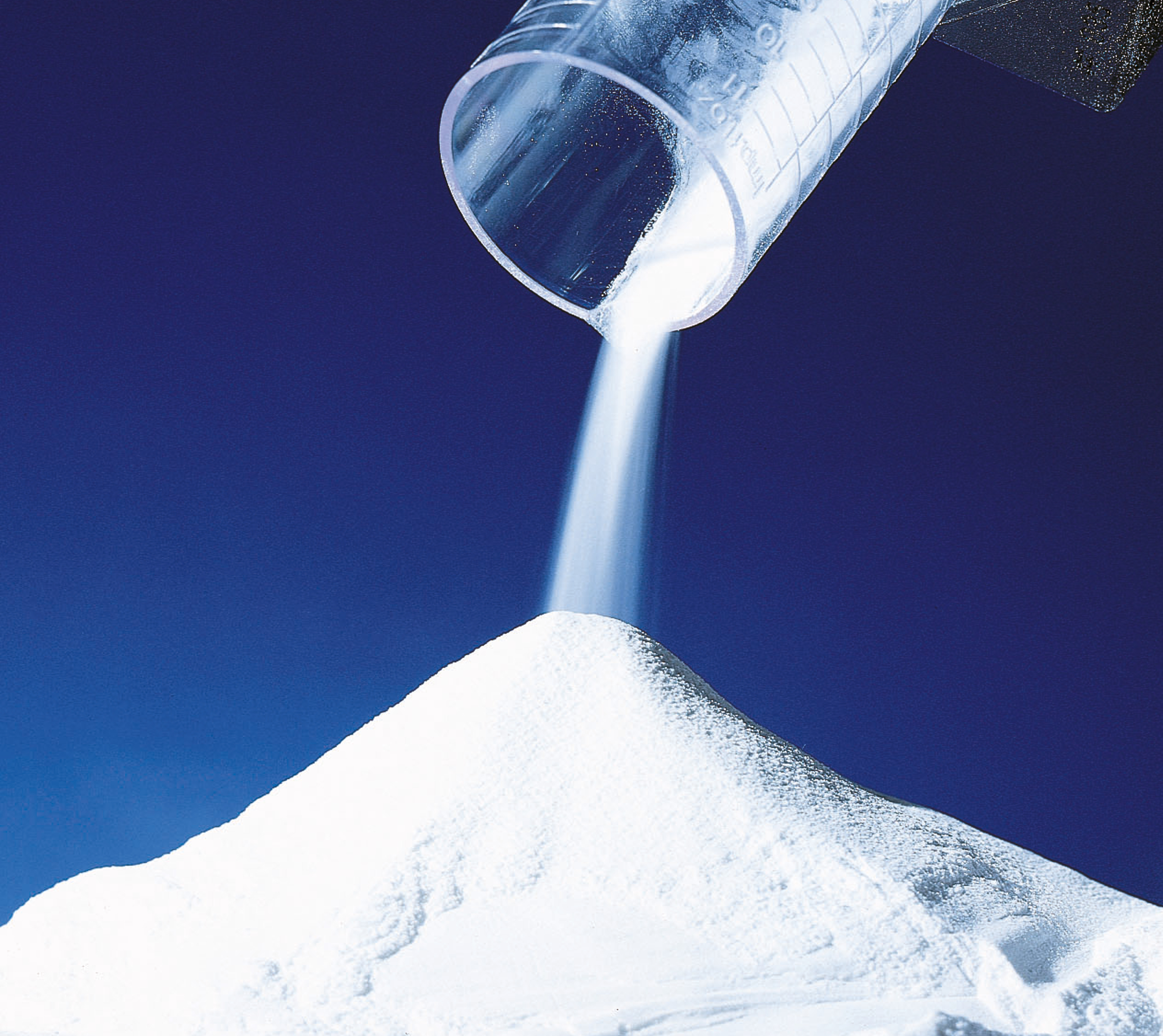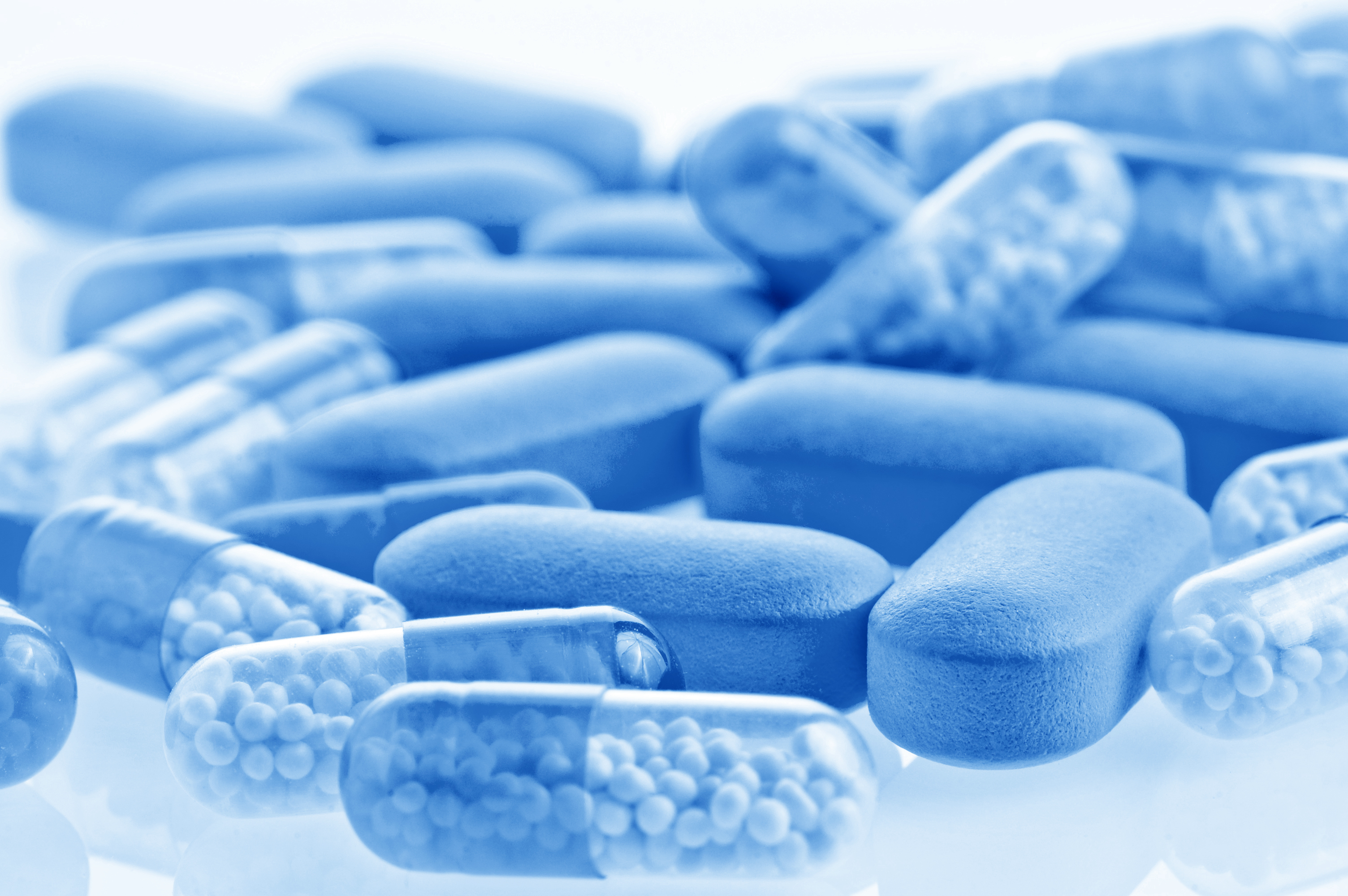Enhancing Bioavailability: The Strategic Role of Excipients in Drug Delivery
.png)
Article published in World Pharmaceutical Frontiers, Volume 2, 2025
In the world of pharmaceutical formulation, excipients are often cast as supporting actors—mere carriers for the active pharmaceutical ingredient (API). Yet, their role is far more dynamic and influential. These unsung heroes can dramatically enhance bioavailability, the proportion of a drug that successfully enters systemic circulation and reaches its intended target. For APIs with solubility or permeability challenges, the right excipient can mean the difference between success and failure.
Colorcon, a global pioneer in solid oral dose innovation, has elevated excipient technology into a strategic art form. Their portfolio doesn’t just support formulation stability and manufacturability—it enhances drug absorption. Leading their portfolio are three excipients renowned for improving bioavailability: HPMC, starch, and advanced film coatings.
HPMC: A Polymer with Purpose
Hydroxypropyl methylcellulose (HPMC), or Hypromellose, is a semi-synthetic polymer derived from cellulose and has been used in pharmaceutical formulations for decades. In solid dispersions, it helps maintain APIs in an amorphous, more soluble state—especially vital for Biopharmaceutics Classification System (BCS) Class II and IV drugs. Its hydrophilic nature allows it to form gel matrices upon hydration, enabling controlled drug release over time.
This property is a game-changer in matrix tablets, where HPMC drives the gradual diffusion of the API. Its pH stability, non-toxicity, and broad compatibility make it a go-to choice for both immediate and modified release formulations. The AnyCoat range, which includes HPMC and HPMC-P (Hypromellose phthalate), not only enhances solubility but also meets rigorous regulatory and safety standards.
Starch: A Trusted Ingredient for Over 100 Years
Starch 1500, a partially pregelatinized maize starch, is more than a manufacturing aid. For more than a century, starch excipients have been a cornerstone of solid oral dosage forms. What sets Starch 1500 apart is its partial pregelatinization, which enhances water solubility and performance. In addition to improving flow properties and compressibility—key attributes for efficient tablet production—it plays a pivotal role in accelerating disintegration. This rapid breakdown ensures swift API release in the gastrointestinal tract, a critical advantage for immediate-release formulations where speed is essential.
Film Coatings: Function Meets Flair
Film coatings often get attention for their ability to improve a tablet’s appearance, but their true value lies in the way they can transform bioavailability and therapeutic performance. Far beyond aesthetics, coatings are tools that can directly influence how, when, and where a drug is released in the body.
Colorcon’s Opadry systems illustrate this dual role. In addition to providing a smooth, elegant finish, they offer critical functional benefits such as moisture protection, taste masking, and swallowability enhancement, which together improve patient compliance and safeguard drug stability.
From a bioavailability perspective they can act as protective barriers—shielding moisture-sensitive APIs from degradation—or as facilitators that control dissolution rates for optimal absorption. This control helps ensure a consistent therapeutic window and reduces variability between patients.
In modified-release formulations, coatings play an even more strategic role. Barrier membrane coatings can deliver sustained or extended release, improving convenience with once-daily dosing and maintaining steady plasma concentrations. Meanwhile, pH-sensitive coatings such as Acryl-EZE enable targeted drug release to the small intestine or colon. This not only enhances absorption for drugs with regional permeability challenges but minimizes side effects by avoiding unnecessary exposure in non-target areas.
Ultimately, film coatings act as both guardians and gatekeepers—protecting the active pharmaceutical ingredient while dictating how it engages with the gastrointestinal tract.
Final Thoughts
Excipients are no longer silent partners in drug formulation—they are strategic enablers of therapeutic success. Through thoughtful selection with scientific rational and innovative application, they can transform the bioavailability of even the most challenging APIs. Colorcon’s excipient technologies exemplify how science and strategy converge to deliver not just manufacturability, but meaningful therapeutic impact. As the pharmaceutical landscape evolves, excipients will continue to rise in prominence, shaping the future of patient-friendly, effective medicines.


